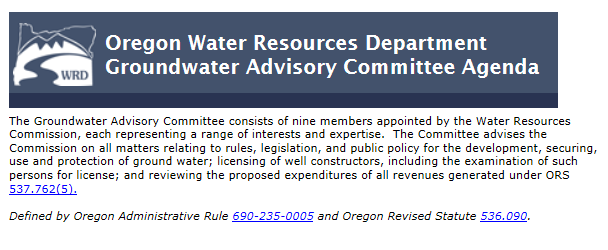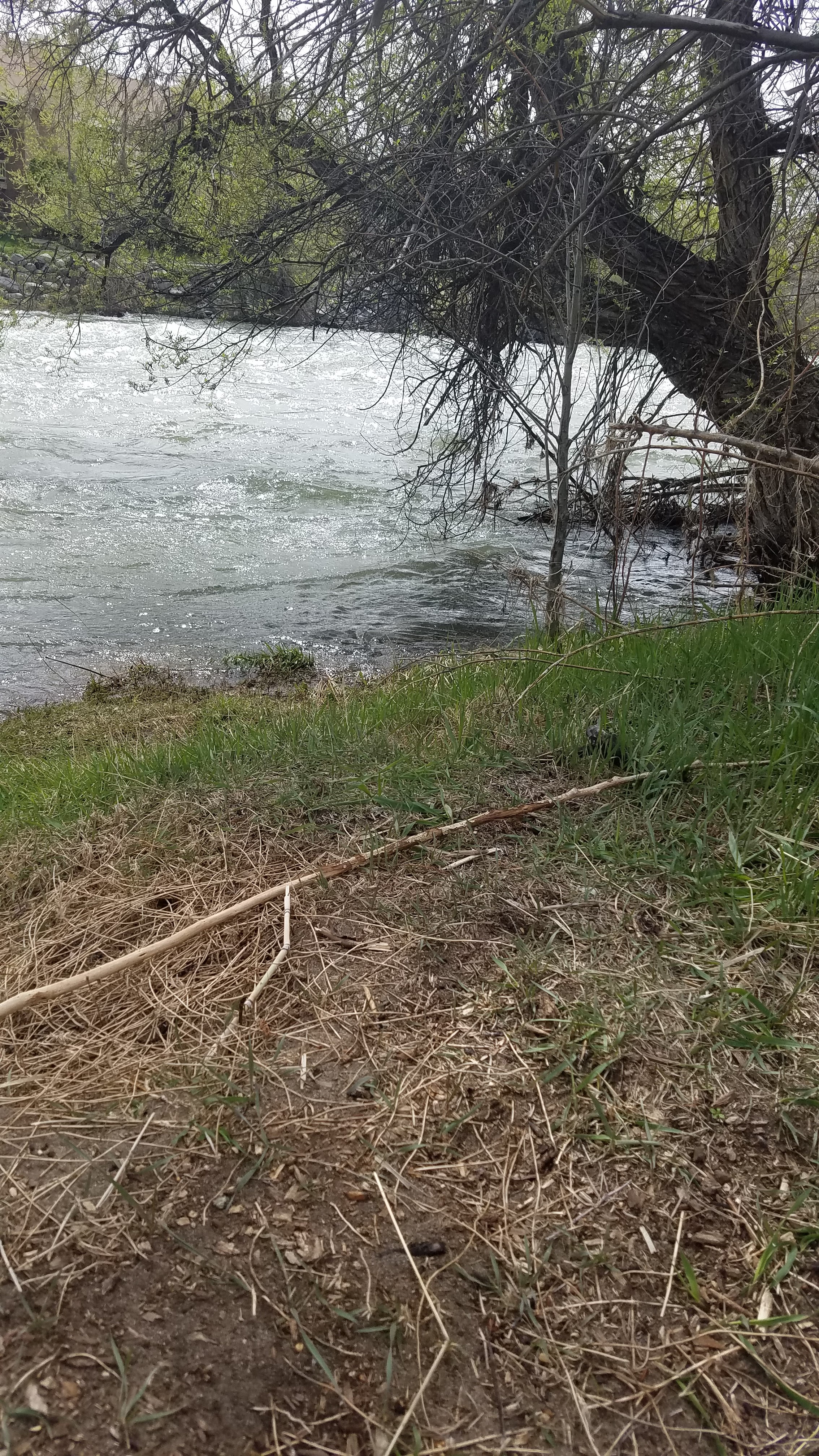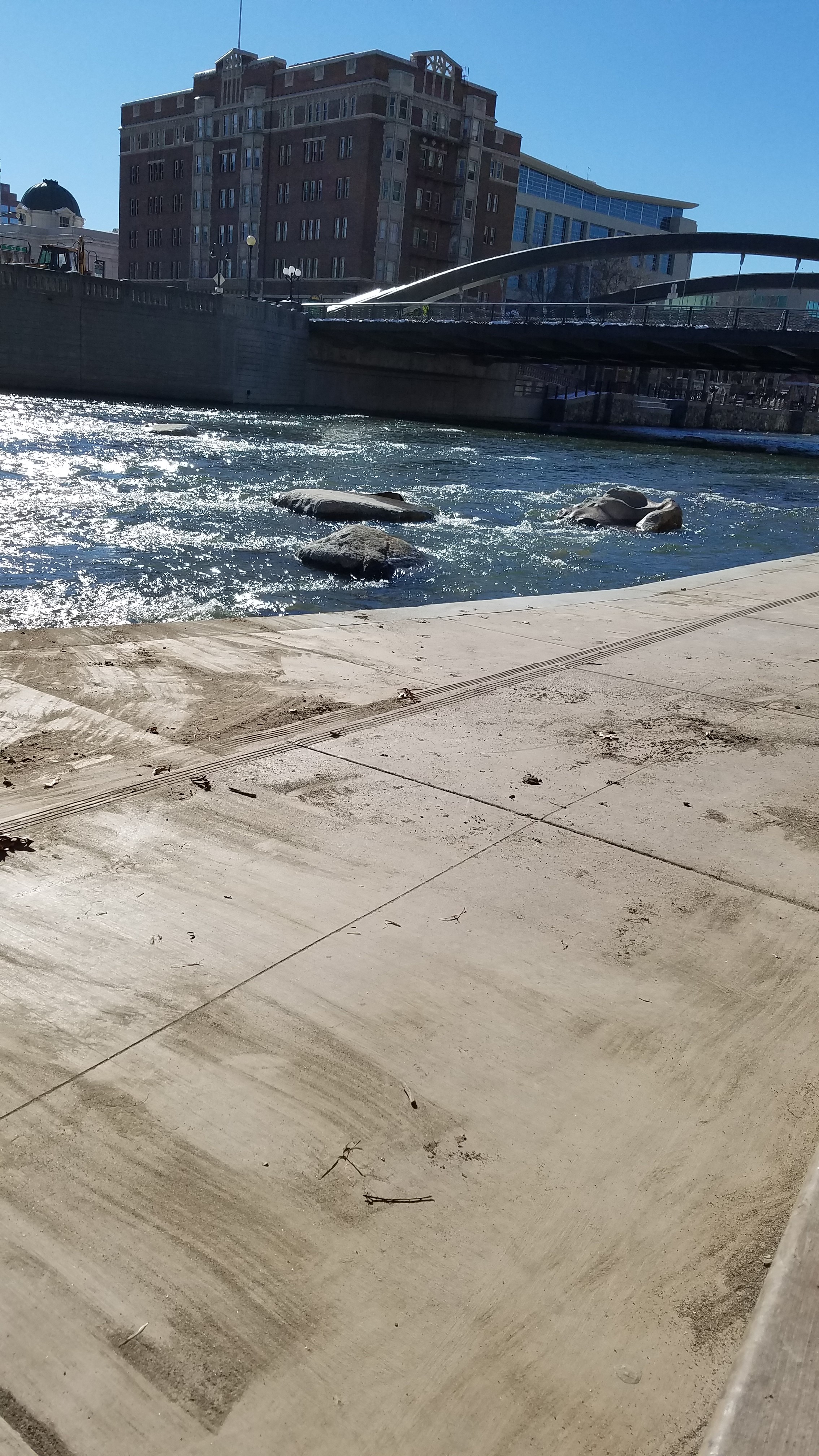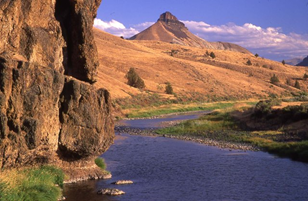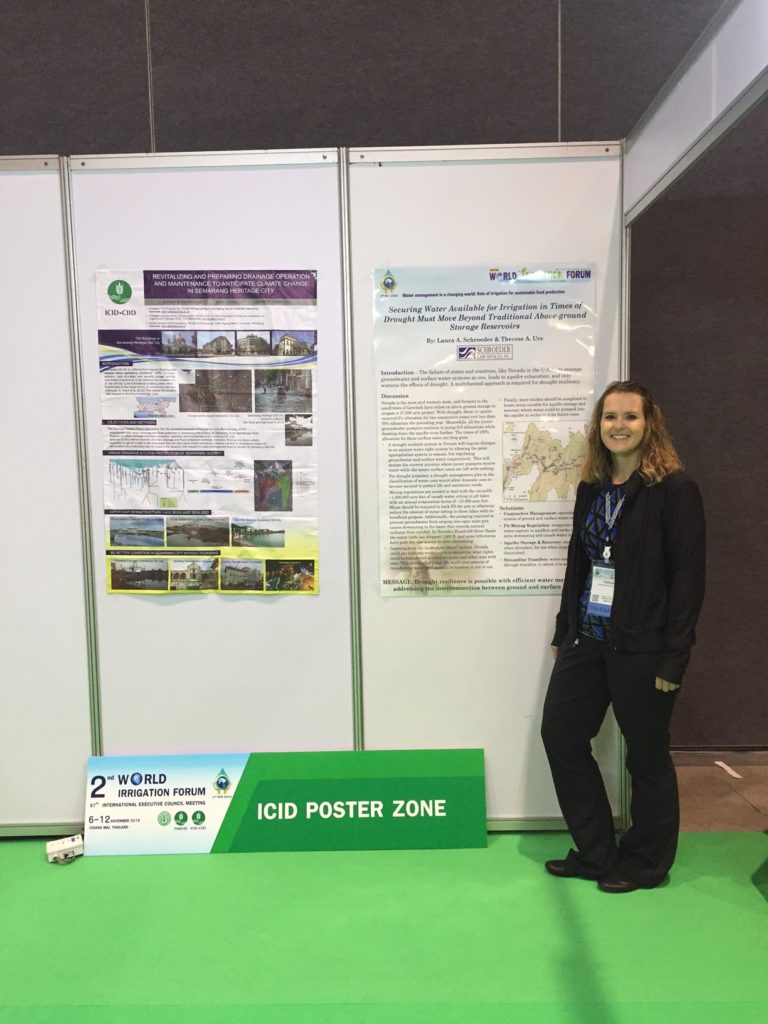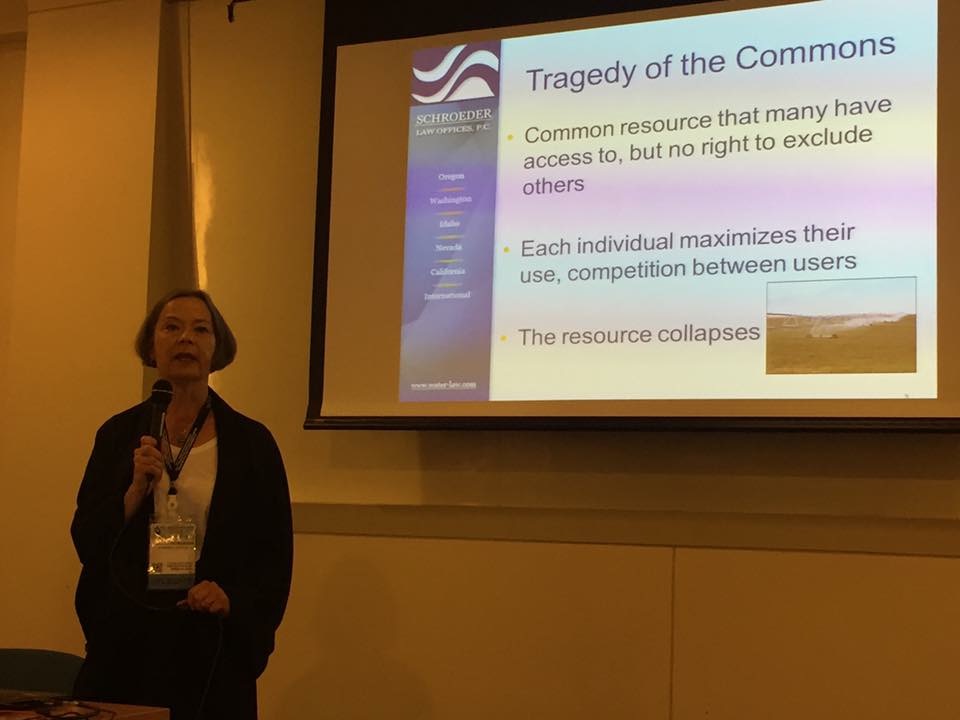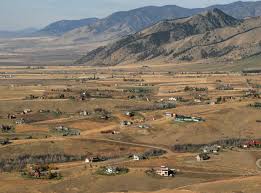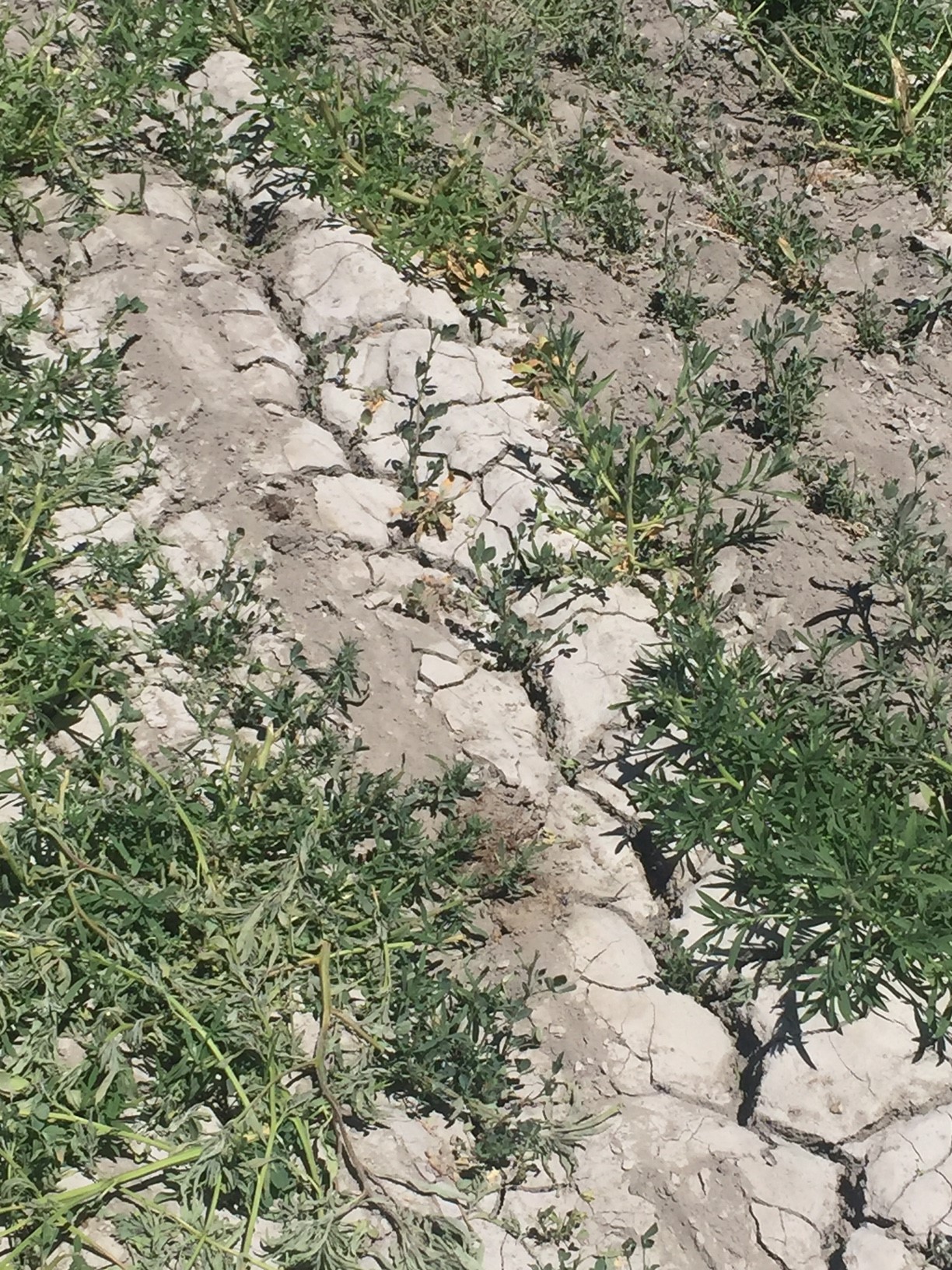Conjunctive Water Management Planning Underway in the Humboldt River Basin

The Nevada State Engineer is working on a plan to define how to conjunctively manage Humboldt River Decreed water rights hydrologically connected with groundwater rights. This plan will take form through an administrative rulemaking process and will affect many water right holders in and around the Humboldt River Corridor. Nevada Farm Bureau is assisting the State Engineer in setting up informational meetings to discuss concepts in forming the regulatory plan and to obtain feedback on the plan’s economic impacts to small business, farms and ranches.
Currently the United States Geological Survey (“USGS”) and the Desert Research Institute (“DRI”) have a four-year study in the 34 groundwater basins that adjoin the Humboldt River Corridor. The results from the study will determine which individual groundwater wells are hydrologically connected to the surface water flows of the Humboldt River, and to what extent their connection impacts surface flows. Armed with this information, the Conjunctive Management Plan aims to apply annual financial assessments to be paid by each injurious groundwater well in an attempt to recompense senior surface water right owners for their loss of water.
The State Engineer’s preliminary draft regulations for conjunctive management identify the purpose of the regulations as a means to establish rules for a Mitigation Program for the Humboldt River and tributaries identified in the Humboldt River Decree and hydrologically connected groundwater. The plan will establish rules for mitigating conflicts through water replacement or other mitigation measures. The plan will identify water rights of use that are subject to or exempt from plan regulation. The draft regulations identify affected parties as any holder of water rights under the Humboldt River Decree, groundwater right holders whose pumping is determined to capture at least one percent of any Humboldt River Decreed water right, and mining projects whose mine pit lakes capture at least one percent of any decreed surface right and holders of storage water in Rye Patch Reservoir.
The preliminary draft regulations state that the percentage of capture will be initially determined by the USGS/DRI study and thereafter by any further study found suitable by the State Engineer. The State Engineer will determine the amount of conflict to each surface water right and the amount of injurious depletion by groundwater rights, measured in acre-feet, for use in establishing and enforcing the Mitigation Program. The Mitigation Program will be mandatory for all groundwater users determined to be injurious to senior surface water right users. Administration of the program will be funded through existing groundwater and surface water assessments, and the program itself will be funded by groundwater right holders or responsible parties of mining projects, based on their injurious depletions.
The preliminary draft regulations offer regulated groundwater users an alternative to the Mitigation Program by working with the State Engineer to obtain an approved water replacement plan or other type of mitigation plan. If a groundwater right holder fails to participate in the Mitigation Program or have an alternative mitigation plan approved by the State Engineer, that water right holder will be prohibited from diverting any groundwater until the injurious depletion is mitigated and may be subject to penalties and fines.
If you would like to learn more about the draft Regulations for the Conjunctive Management of the Humboldt River Basin, or would like to offer feedback concerning potential economic impacts imposed by the regulations or Mitigation Plan to small businesses, you are encouraged to attend one of the following informational meetings.
Monday, July 17, 2017: 6:30 PM at the Lovelock Community Center in Lovelock Nevada;
Tuesday, July 18, 2017: 6:30 PM at the Humboldt County Cooperative Extension Office in Winnemucca Nevada;
Wednesday, July 19, 2017: 6:30 PM at the Battle Mountain Civic Center in Battle Mountain Nevada; and
Thursday, July 20, 2017: 6:30 PM at the Elko County Conference Center in Elko Nevada.

